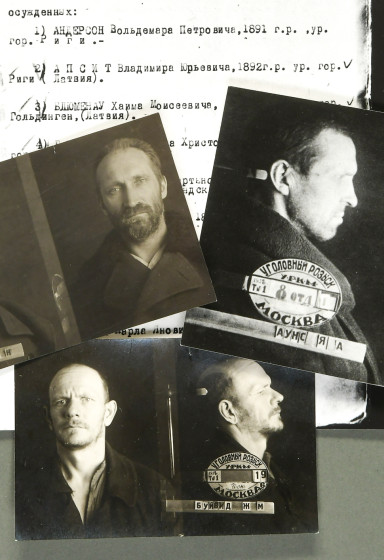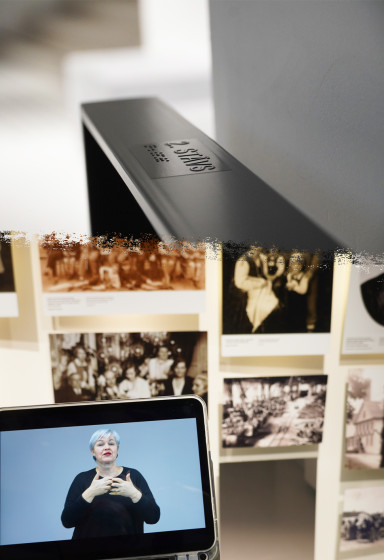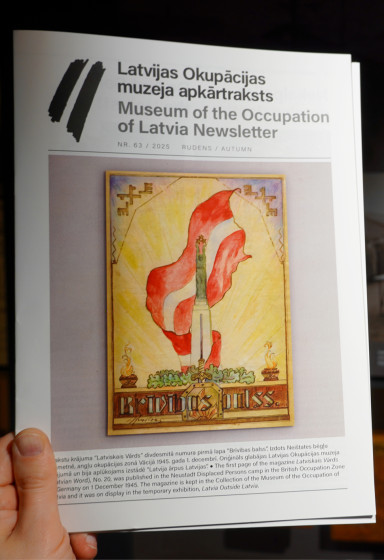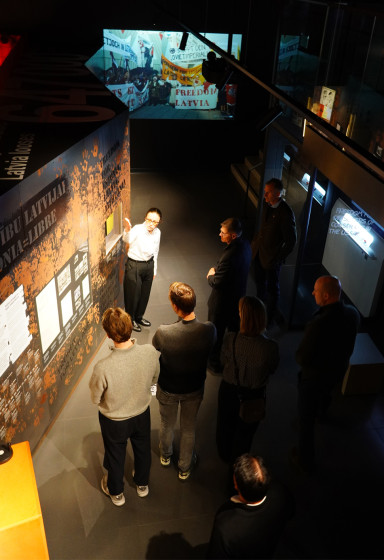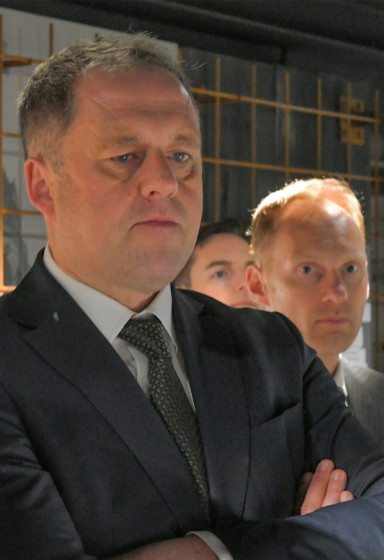Donate to Museum
Each donation helps to ensure the Museum's activities, allowing it to function and provide information for people from all over the world.
The Museum is grateful to each donor and invites everyone to contribute.
New exhibition ”Bessarabians in GULAG” at the Museum
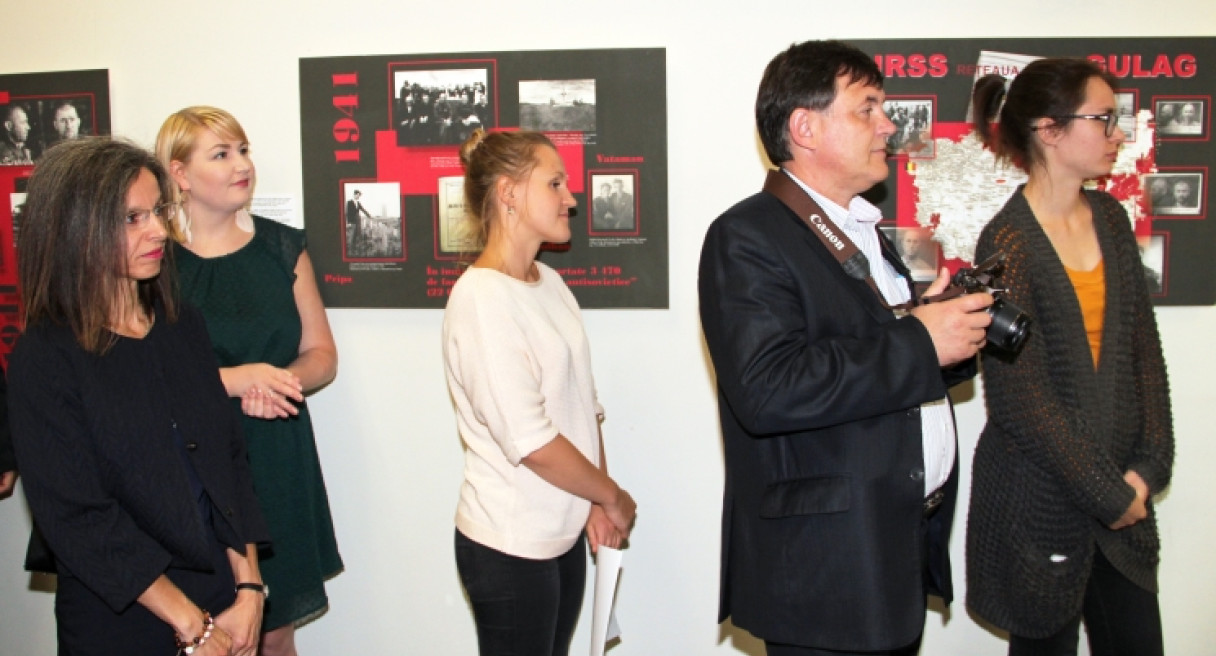
The exhibition commemorating the victims of the totalitarian regimes ”Bessarabians in GULAG” contains 130 images and copies of documents reflecting the life in GULAG of families originating from the Republic of Moldova. More than 40.000 people were deported to Siberia in 1940-1941, 1949 and 1951. The images also include several maps of the GULAG, decisions and other documents.
The exhibition was opened on 24 August 2017 by the Ambassador of the Republic of Moldova, H.E.Mr. Eugen Revenco and Director of the Musuem Gunārs Nāgels.
The Director of the Museum's speech at the openening event:
"Your Excellencies, dear colleagues, Ladies and Gentlemen.
Welcome to the Museum of the Occupation of Latvia and to the opening of the exhibition Bessarabians in the Gulag.
Yesterday was the 78th anniversary of the signing of the Hitler – Stalin pact. The pact’s secret protocol consigned both Latvia and Bessarabia to the Soviet sphere of influence.
As a direct result, Soviet troops invaded Latvia on 15 June, 1940 and on the following day gave an ultimatum to the Latvian government which resulted in the incorporation of Latvia in the Soviet Union some 6 weeks later.
The Soviet ultimatum to Romania regarding Bessarabia came on 26 June, 1940, and the occupation of Bessarabia soon followed.
Both countries suffered severely under the occupations.
It is important that we understand that the Latvian experience is not unique, and that the Moldavian experience is not unique, but part of an inhumane campaign against the lives and welfare of people living in the territory between Russia and Germany, the area that Timothy Snyder called the Bloodlands.
The Museum of the Occupation of Latvia is pleased that we have this opportunity to collaborate with the Embassy of the Republic of Moldova in showing this very sad part of our common history.
Our Museum participates in the efforts to share with the rest of the world our experience of the two totalitarian regimes, as crimes of the Soviet Union are often not sufficiently acknowledged in Western Europe. Our Museum is a member of the Platform of European Memory and Conscience, as is the Centre for the Study of Totalitarianism, which is a department of the State University of Moldova.
I invite the Ambassador of the Republic of Moldova, His Excellency Mr. Eugen Revenco to open the exhibition, but before that I would like to present him with three films produced by our Museum about the deportations from Latvia on 25 March, 1949. This can also be bought in our bookshop upstairs."
